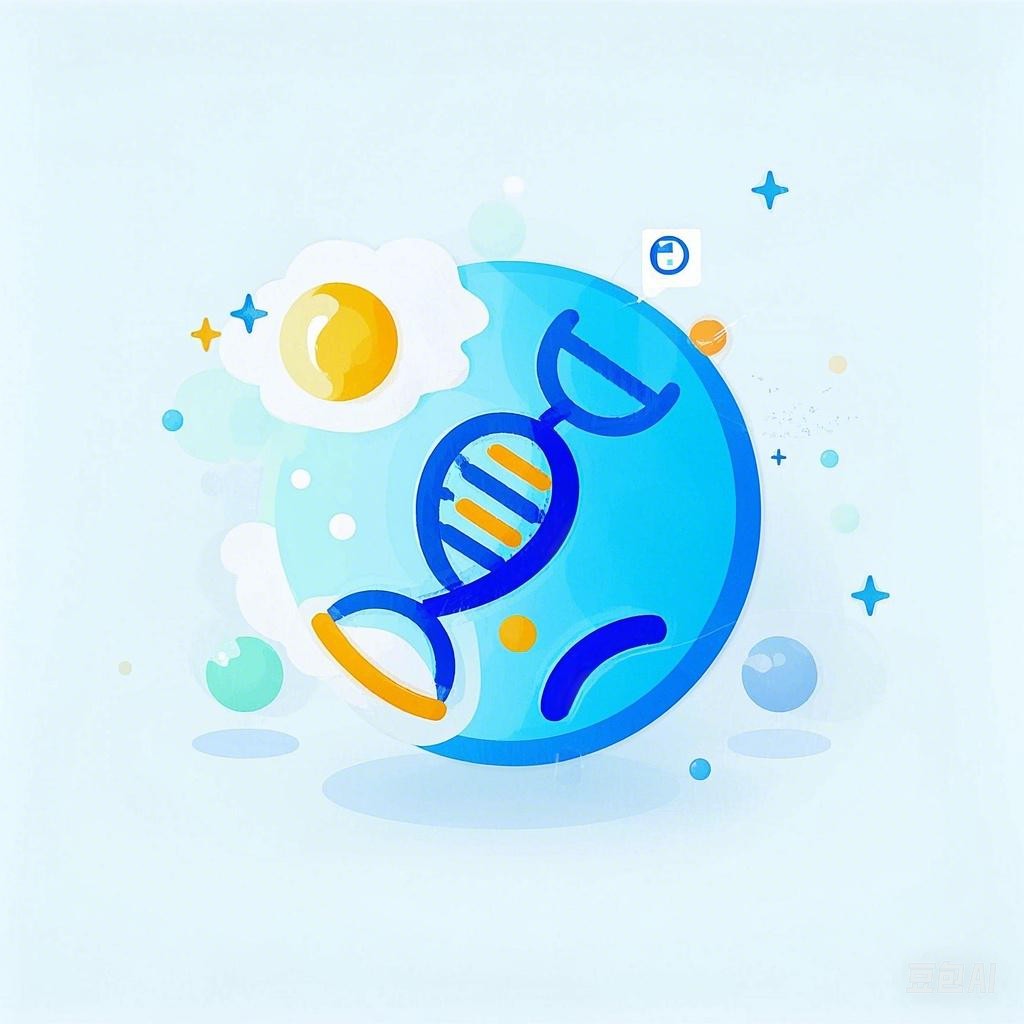Introduction
Gene editing, a revolutionary technology that allows scientists to make precise changes to an organism’s DNA, has the potential to transform various fields, including medicine, agriculture, and conservation. However, it also raises significant ethical concerns and challenges. This article delves into the controversies surrounding gene editing and explores its potential applications and implications.
The Basics of Gene Editing
What is Gene Editing?
Gene editing is a technique that enables scientists to modify the DNA of an organism. It involves making precise changes to the genetic code, which can lead to alterations in the organism’s traits or functions.
Key Technologies
Several gene-editing technologies exist, with CRISPR-Cas9 being the most prominent. CRISPR, which stands for “Clustered Regularly Interspaced Short Palindromic Repeats,” is a bacterial defense mechanism that has been adapted for use in genetic engineering.
Potential Applications of Gene Editing
Medicine
Gene editing holds immense promise in the field of medicine. It can be used to treat genetic disorders by correcting mutations in an individual’s DNA. For example, sickle cell anemia, a genetic blood disorder, could potentially be cured using CRISPR-Cas9.
Agriculture
In agriculture, gene editing can be used to create crops that are more resilient to pests, diseases, and environmental stresses. This can lead to increased food production and reduced reliance on pesticides.
Conservation
Gene editing could play a crucial role in conservation efforts by restoring the genetic diversity of endangered species. This technology could potentially help bring back extinct species, although this is a highly controversial topic.
Ethical Concerns and Controversies
Designer Babies
One of the most controversial aspects of gene editing is the potential for creating “designer babies.” This involves selecting specific traits for offspring, such as intelligence, height, or disease resistance. Many argue that this could lead to a form of eugenics and exacerbate social inequalities.
Safety and Unintended Consequences
There is concern that gene editing could have unforeseen and unintended consequences. For example, modifying a single gene could lead to the disruption of a complex biochemical pathway, potentially causing unforeseen health problems.
Equity and Access
Another ethical concern is the potential for gene editing to exacerbate existing inequalities. Access to this technology could be limited to wealthier individuals or countries, leading to a global divide in health and well-being.
Regulatory Challenges
Governments around the world are grappling with how to regulate gene editing. This includes determining what types of research are permissible, how to ensure safety and efficacy, and how to address ethical concerns.
Conclusion
Gene editing is a powerful and transformative technology with the potential to improve human health, increase food production, and protect endangered species. However, it also raises significant ethical and regulatory challenges. As we continue to advance in this field, it is crucial to balance the potential benefits with the risks and ensure that the technology is used responsibly and ethically.
